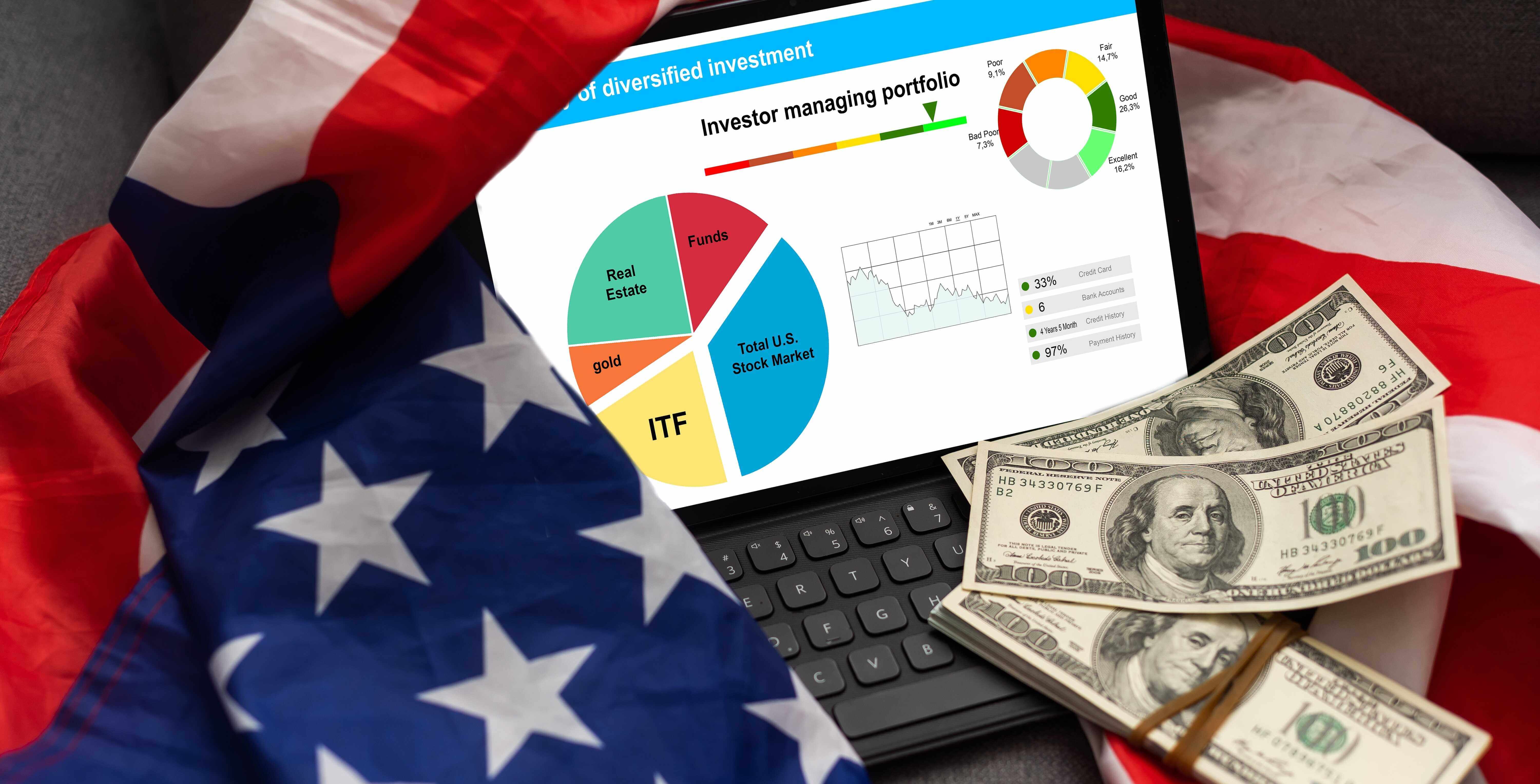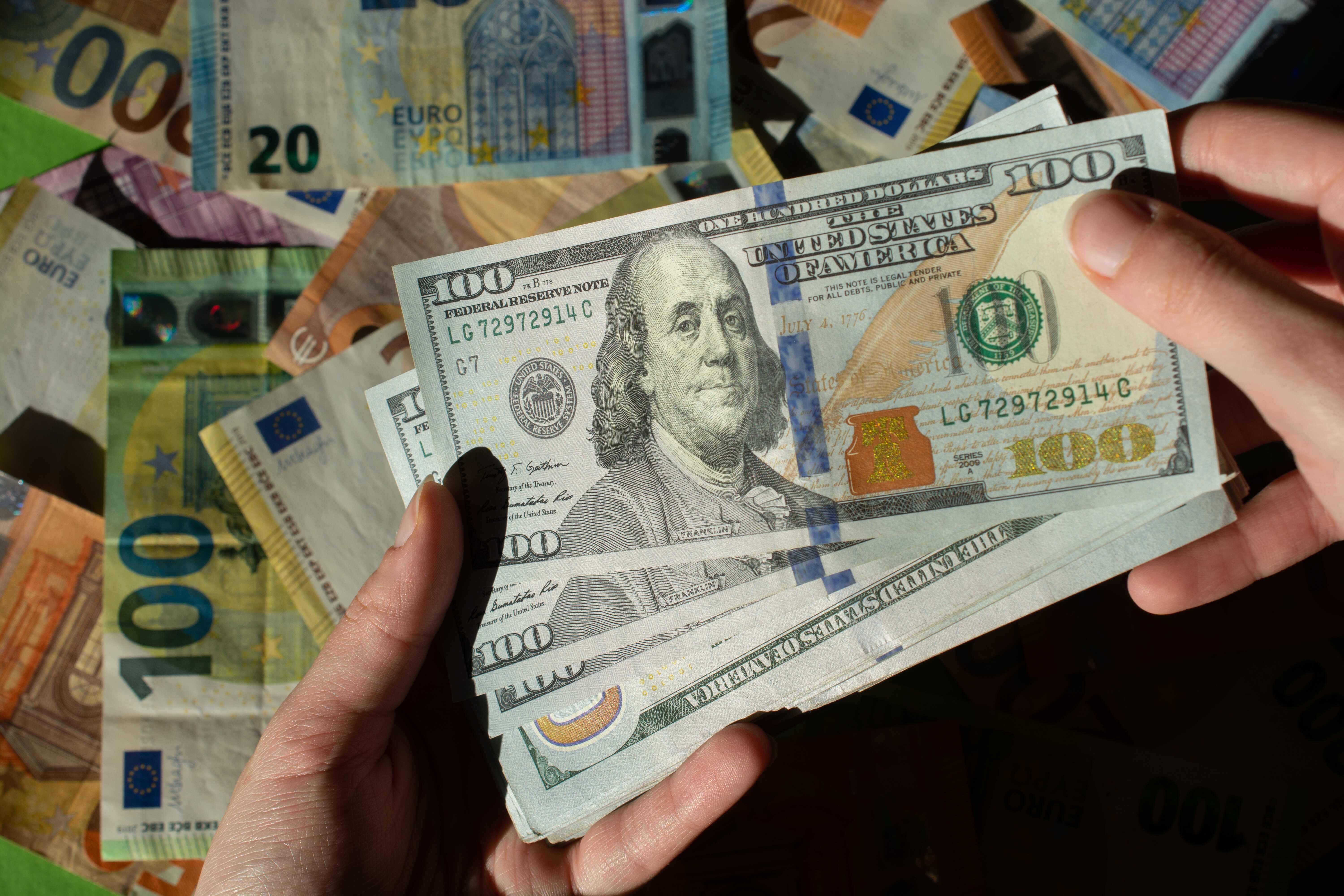With Zepbound Not Matching Expectations, Should Investors Give Up On Eli Lilly?

Over the past six months, Eli Lilly (NYSE: LLY) has underperformed broader equities. While that's not much of an issue in the grand scheme of things, it is still a bit surprising, since the pharmaceutical giant is one of the undisputed leaders in the exciting market for weight loss drugs.
It turns out that the anti-obesity space isn't growing as fast as Eli Lilly or analysts anticipated, resulting in lower-than-expected revenue for the company's famous weight management drug, Zepbound.
Where to invest $1,000 right now? Our analyst team just revealed what they believe are the 10 best stocks to buy right now. See the 10 stocks »
That's one of the key reasons Eli Lilly hasn't performed as well in recent months. Since many of its prospects are tied to its portfolio of drugs addressing obesity,, some investors might be wondering if it's best to avoid the company right now. Is that the best course of action? Let's find out.
Rich valuation metrics, high expectations
Eli Lilly recently said it would post revenue of about $45 billion for the full fiscal year 2024. While that would represent a year-over-year increase of 32% -- an otherwise incredible performance for a pharmaceutical giant -- it's still $400 million below the low end of the most recent guidance of $45.4 billion to $46 billion it gave in its third-quarter earnings report, which was also a decreased projection.
In a recent press release, Eli Lilly's management said that the U.S. incretin market, which includes drugs like Zepbound and Mounjaro, didn't grow as fast as it anticipated in the fourth quarter. Besides the fact that the market doesn't like a company missing its own guidance, Eli Lilly is held to an especially high standard because of its steep valuation. Its forward price-to-earnings (P/E) ratio is currently just under 36.
LLY PE Ratio (Forward) data by YCharts.
For reference, the average for the healthcare industry is less than half Eli Lilly's at 17. If the drugmaker continues to underperform in the very market where investors have the highest hopes, the company's stock could continue to struggle, at least in the short to medium term.
Not just a weight loss company
We could point out that tirzepatide, the active ingredient in Mounjaro and Zepbound, is still undergoing many clinical trials and should earn key label expansions. Last year, the medicine aced a phase 3 study in which it delayed the onset of type 2 diabetes in patients with prediabetes who were overweight or obese. We could also highlight the fact that Eli Lilly's weight loss pipeline is one of the strongest in the industry.
However, since analysts may have overestimated how large the weight loss market will be, we should look at the rest of Eli Lilly's portfolio. The good news is that the drugmaker has many other medicines that will drive top-line growth, including several new ones. Over the past two years, Eli Lilly has earned approval for such products as Alzheimer's disease (AD) treatment Kisunla, ulcerative colitis drug Omvoh, cancer medicine Jaypirca, and eczema therapy Ebglyss.
Kisunla looks particularly attractive due to the significant unmet need in AD. These relatively new approvals join a lineup of several older medicines whose sales are still growing at a good clip, including immunosuppressant Taltz, cancer drug Verzenio, and fast-acting insulin Humalog. And that's before we get into the company's pipeline, which features plenty of investigational drugs beyond Eli Lilly's core area of diabetes and obesity.
Mind your investment horizon
Even with Eli Lilly's Mounjaro and Zepbound not growing as fast as many anticipated, these medicines are still beating records. Few drugs generate more than $1 billion in peak annual sales. Both are already well above that number each quarter. Eli Lilly's sell-off may have been justified six months ago. But the company's current forward P/E, which is twice that of the healthcare industry, may well be warranted. Few healthcare giants, especially in the pharmaceutical industry, can grow their revenues or earnings at half of what the drugmaker has been posting of late.
Beyond Eli Lilly's financial results, investors have to account for other things. The company is a proven innovator, a key attribute for drugmakers to thrive over long periods. Furthermore, Eli Lilly has an excellent dividend growth program, making it a solid pick for income seekers.
So, should investors give up on Eli Lilly? Only those interested in what will happen in the next six months to two years. It's next to impossible to predict what will happen in such a short period (by stock market standards). However, investors focused on the long game have nothing to fear. Eli Lilly remains an excellent pick for them.
Don’t miss this second chance at a potentially lucrative opportunity
Ever feel like you missed the boat in buying the most successful stocks? Then you’ll want to hear this.
On rare occasions, our expert team of analysts issues a “Double Down” stock recommendation for companies that they think are about to pop. If you’re worried you’ve already missed your chance to invest, now is the best time to buy before it’s too late. And the numbers speak for themselves:
- Nvidia: if you invested $1,000 when we doubled down in 2009, you’d have $311,343!*
- Apple: if you invested $1,000 when we doubled down in 2008, you’d have $44,694!*
- Netflix: if you invested $1,000 when we doubled down in 2004, you’d have $526,758!*
Right now, we’re issuing “Double Down” alerts for three incredible companies, and there may not be another chance like this anytime soon.
*Stock Advisor returns as of January 27, 2025
Prosper Junior Bakiny has positions in Eli Lilly. The Motley Fool has no position in any of the stocks mentioned. The Motley Fool has a disclosure policy.


